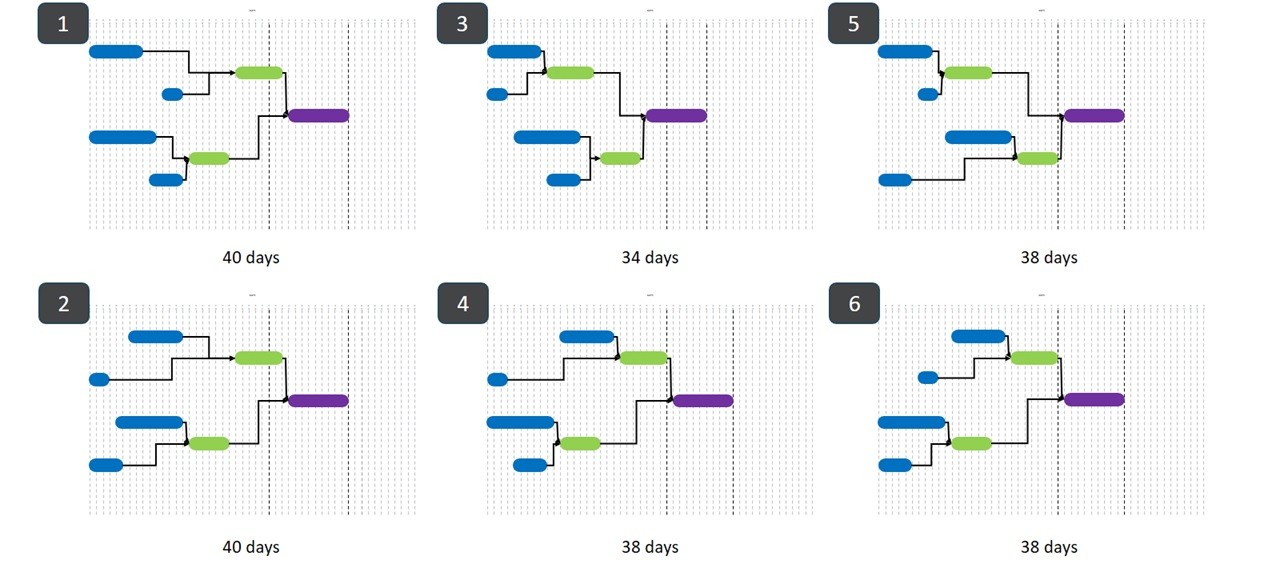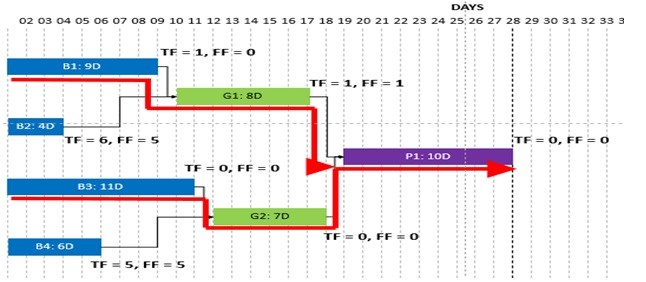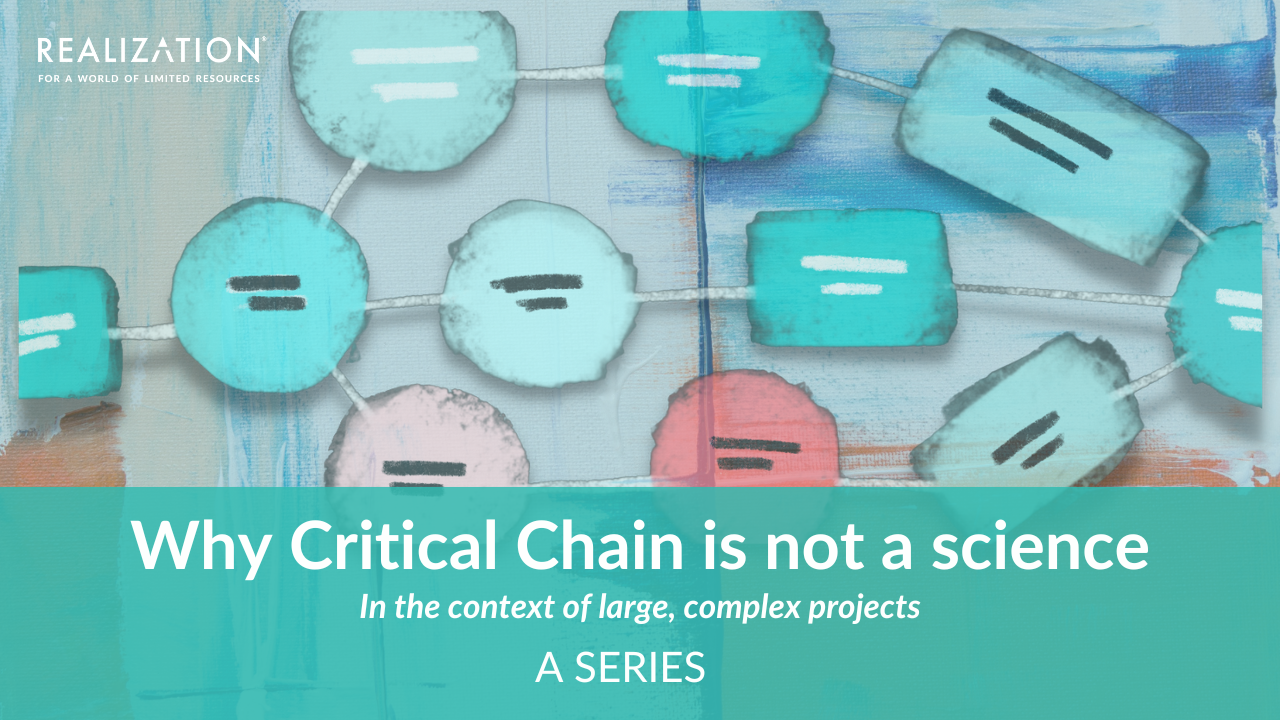How to get projects under control even in the face of resource shortages
Excerpts from the previous article
Posts by:
Excerpts from the previous article
Since the beginning of formal project management, projects have been suffering from time overruns, de-synchronization and lack of predictability. Even leaps in technology has not been able to counter this. What could be the reason for this inexplicable trend?

Let us start with the answers to the questions posed in the previous article –

We all know unitary method. If 10 resources can do 10 jobs in 10 days and if 5 turns up, we expect the same 10 jobs to take 20 days. The impact is known and predictable. So why should we worry about facing shortages in project situations? We should always be able to predict the impact and take recovery actions.

All over the world, the incidents of time and cost overruns and lack of synchronization in major projects are continuing unabated. Most think that the primary problem is of visibility and monitoring. And hence, technology seems to be the proverbial silver bullet for all our project woes.

Recap Part 2: In the last blog post, we learned about how Critical Chain works within a scientific framework. However, Susan raises a valid point questioning if the Critical Chain can be applied to more complex cases. This got Sanjeev thinking and he promised to come back with answers.
Part 3: Let’s make it a science

Recap Part 1: In the first part of this series, we looked at why despite its track record and in spite of time and cost overruns in projects across the world, Critical Chain is yet to be accepted as a mainstream solution. At the heart of Critical Chain methodology, lies the concept of multitasking which ostensibly solves the resource limitation problem in projects. Unfortunately, even after 25 years, this central tenet remains a ‘philosophy’ that only a handful around the world has been able to master. We saw a story (https://blog.realization.com/missing-link/why-critical-chain-is-not-a-science-part-1) where John, Kumar, and Susan tried to solve the paradox of multitasking and low WIP. All three of them were talking the same language but suggesting different actions. The story continues here.
Kumar and his team meets Sanjeev, a TOCICO lifetime achievement awardee and a world-renowned expert in Critical Chain.

Critical Chain is a revolutionary concept (introduced in the late 90s by Dr. Eliyahu Goldratt) in Project Management, that aims at plugging the holes in the traditional Critical Path method and providing a tangible mechanism for managing projects.